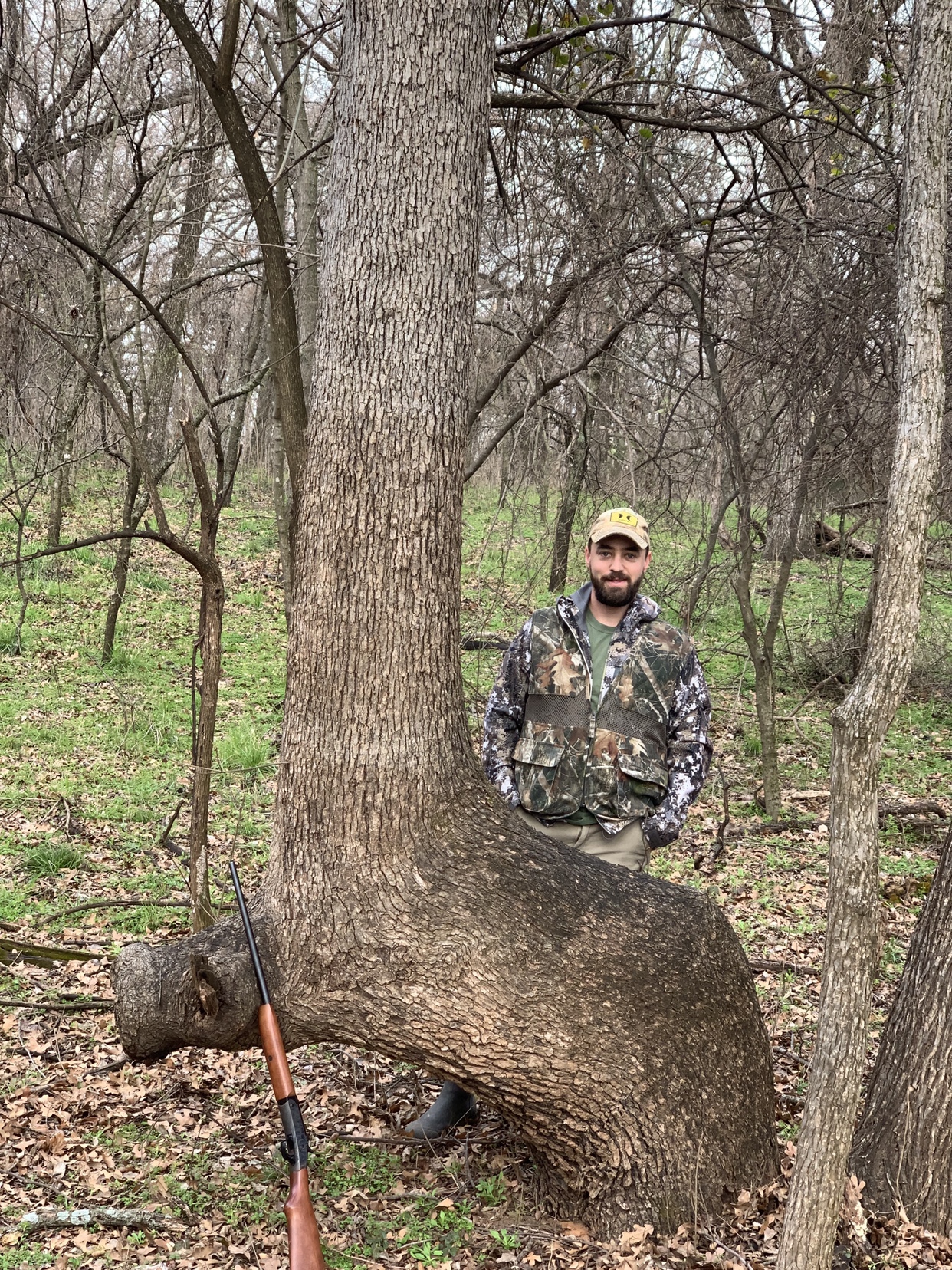Native Hunter
5 year old buck +
I found this 1/2 of a beech tree on my new property today. I couldn't get the lighting right to get a good pic - but basically one side of the tree is gone but it still has limbs and everything on the other side.



^^^^ Really odd.
Could that beech tree have been hit by lightning ?? I've seen trees that were struck by lightning burn out in the groove made by the strike - which for some reason seem to spiral down to the ground in the trees I've seen. That open side seems to be in a spiral pattern. Is it blackened inside at all like it burned slowly ??
^^^^ Really odd.
Could that beech tree have been hit by lightning ?? I've seen trees that were struck by lightning burn out in the groove made by the strike - which for some reason seem to spiral down to the ground in the trees I've seen. That open side seems to be in a spiral pattern. Is it blackened inside at all like it burned slowly ??

^^^^ Really odd.
Could that beech tree have been hit by lightning ?? I've seen trees that were struck by lightning burn out in the groove made by the strike - which for some reason seem to spiral down to the ground in the trees I've seen. That open side seems to be in a spiral pattern. Is it blackened inside at all like it burned slowly ??
I couldn't say for sure after looking at the tree again. There were some other old beech snags that looked similar.
Got another cool one:

That burl would make one HECK of a woodturned bowl...
Sent from my iPhone using Tapatalk

That bark looks like it’s a Post Oak. Incredible that knee can support all that weight.I went back out and got some measurements on the bent tree pictured above to see if it is in the age range to make it a potential Indian marker tree. It is interesting how small trees can look without a human in the picture for perspective.

I am hoping to hear back from the arboriculturist soon and will post what they say.
Sent from my iPhone using Tapatalk
I went back out and got some measurements on the bent tree pictured above to see if it is in the age range to make it a potential Indian marker tree. It is interesting how small trees can look without a human in the picture for perspective.

I am hoping to hear back from the arboriculturist soon and will post what they say.
Sent from my iPhone using Tapatalk







Y’all can guess what we call this tree.
My ol man sitting on a marked tree in the Missouri ozarks.
